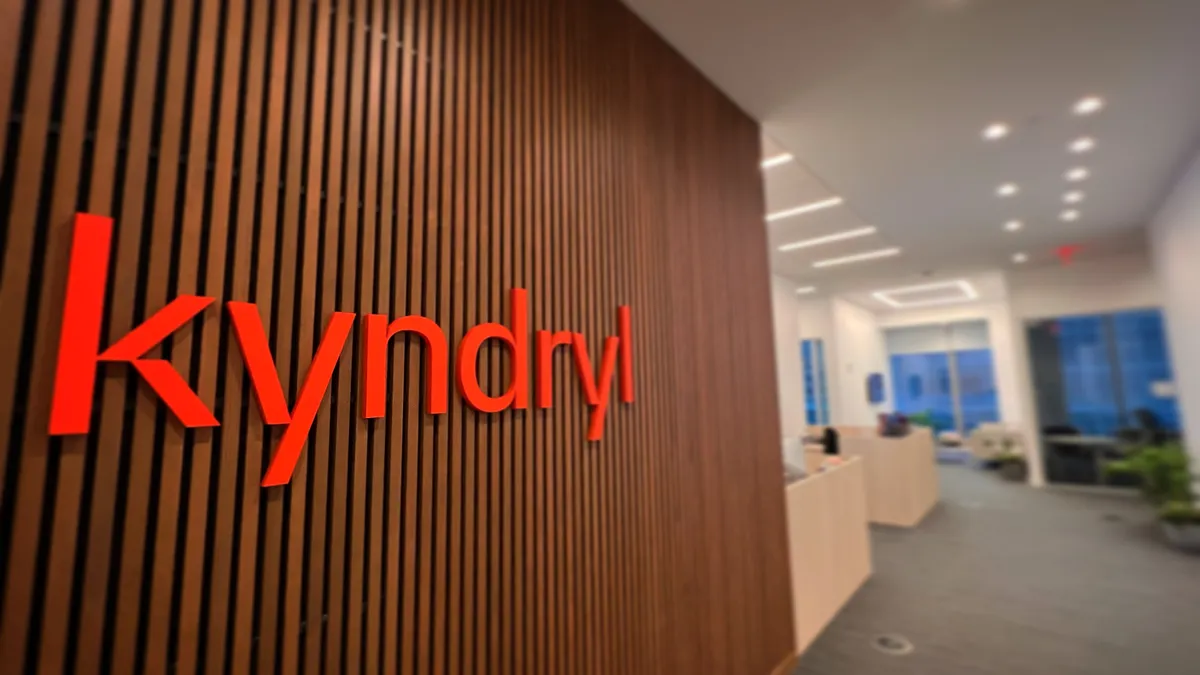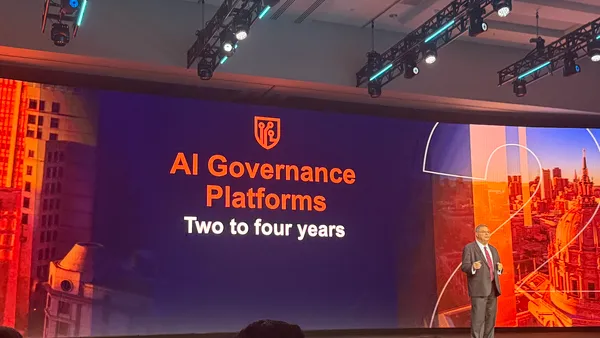Dive Brief:
-
Following a 7% year-over-year contraction in 2020, server spending will make a comeback in 2021 and grow by 3%, according to a Forrester report released Friday. The firm projects server spend growth will hold steady in 2022.
-
Spending on licensed software for on-premises deployments will also recover from the cutbacks or delays of 2020. Forrester projects license fees will grow 1% this year, but will see a 1% decline in 2022.
-
The on-premise bounceback aligns with Forrester predictions on U.S. tech budgets. Tech spending is set to grow by 7.4% in 2021 and 6.7% in 2022, up from the previous forecast of 6% in 2021 and 6.5% in 2022.
Dive Insight:
Cloud drives modern IT infrastructure, as evidenced by relentless growth in the public cloud market. Last year, the overall IaaS market expanded by 40.7%, according to Gartner, representing $64.3 billion in revenue for providers.
But while businesses seek the cloud for its flexibility, IT leaders are still finding an argument for on-premise solutions, especially for parts of core applications in certain industries, said Andrew Bartels, VP and principal analyst at Forrester.
"It's not that the cloud has not made inroads," said Bartels. "The point is that the inroads that the cloud has made are starting to slow."
The easier workloads to shift off servers — from marketing to sales or talent recruitment — have already made their way to the cloud, Bartels said. What remains, and moves more slowly toward the cloud, are critical, transaction-intensive and core components of infrastructure.
"If you are a security company who is in high-frequency trading, you simply can't afford the latency of a cloud provider," said Bartels. "These are companies that are literally setting up their data centers within yards of the New York Stock Exchange just to save the milliseconds that it takes to move a transaction even a mile."
Another factor keeping core workloads on-premise is fear of disruption. For one-third of IT decision makers, disrupting critical business applications while migrating is a concern, according to a survey from cloud migration company Next Pathway.
For some, a solution to the cloud migration slowdown might be containerization. CIOs can guide their companies as they take a workload-by-workload approach to shaping infrastructure.
This strategy "does introduce complexity for the CIO," said Bartels. But it allows companies to locate workloads in the most appropriate environment.













